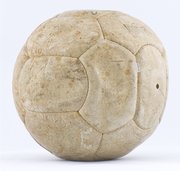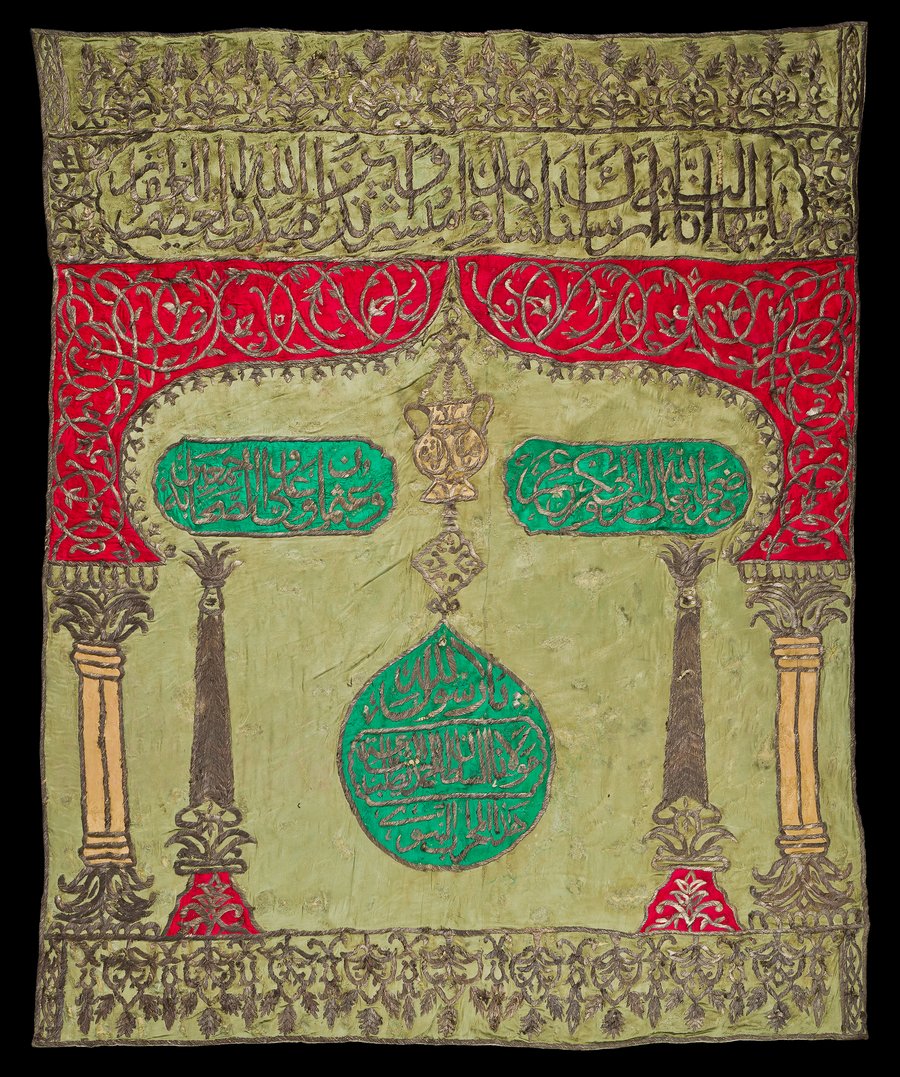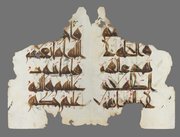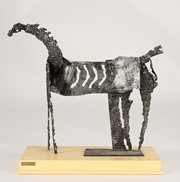
Ottoman Curtain of the Tomb of the Prophet
Museum of Islamic Art
- Title:
- Ottoman Curtain of the Tomb of the Prophet
- Production place:
- Turkey
- Date:
- 1703 - 1730
- Period:
- Ottoman
- Title:
- Ottoman Curtain of the Tomb of the Prophet
- Production place:
- Turkey
- Date:
- 1703 - 1730
- Period:
- Ottoman
- Material:
- Silk, Metallic thread, Cotton, Wool
- Technique:
- Weaving, Applique, Embroidering
- Dimensions:
- 245 × 204 cm
This panel made of silk with gold and silver threads features a mihrab niche with two candlesticks, a hanging lamp (a common symbol recalling the Qur’anic verse of ‘light’ 24:35) and two flanking columns with tulip-like flames. Inscriptions in the central roundel clearly state that the Ottoman Sultan Ahmad III (r. 1114-1142 AH/1703-1730 CE) intended to present this curtain to the mihrab of the Prophet’s mosque at Medina. Additional inscriptions on the top and in two cartouches flanking the hanging lamp are a quotation from the Qur’an (Sura al-Ahzab, 33:45) and a eulogy for the first four caliphs and the Prophet Muhammad’s companions. The Ottoman sultans, as custodians of the two holy sites (khadimin al-haramayn), showed a specific interest in Mecca and Medina and would send every year gifts and new textiles embroidered with their names for the Ka‘ba in Mecca and the Prophet’s mosque in Medina.



